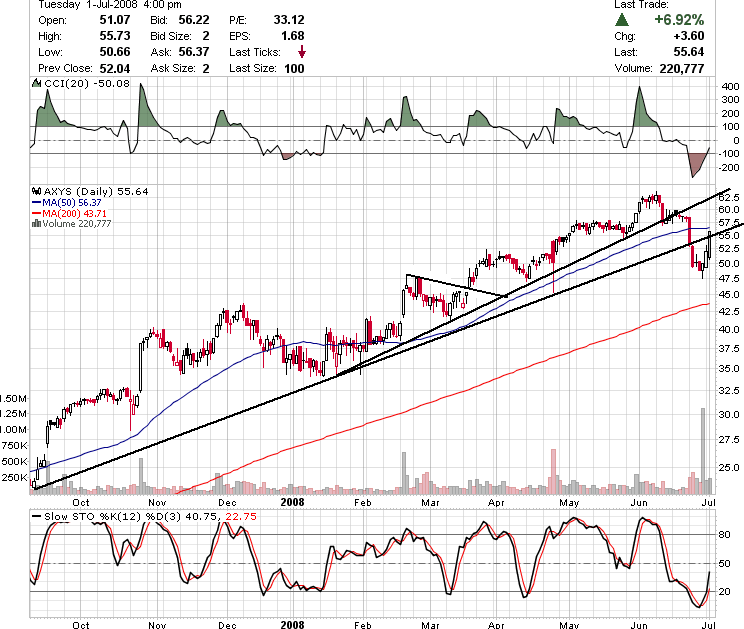How to Pick Stocks for Swing Trading
Post on: 7 Июнь, 2015 No Comment

Read analyst reports and other sources to get a long-term view of the stock.
Comstock/Stockbyte/Getty Images
More Articles
Swing traders look for trends in stocks that can take several days to reveal themselves. This is different from day trading, because most day traders lack the risk tolerance to hold overnight positions. Also, day traders focus on trading ranges of specific securities, while swing traders focus on trends. This is based on the belief that when stocks exit trading ranges they form trends that result in new ranges that last for longer periods of time. Like day traders, swing traders refer to a number of mantras that form the basis of their general trading style. These help dictate the choice of stocks to invest in.
Minimum Daily Volume
One of the most basic rules swing traders follow is to only trade liquid stocks. The daily minimum you select is arbitrary, but a reasonable example is 500,000 shares per day. You can exit high volume stocks quickly and with less risk of a loss from the bid-ask spread because stocks that are more liquid generally exhibit lower bid-ask spreads. Recognizing a bad trade or potential loss requires discipline and is a key tent of swing trading, which highlights the ability to quickly exit a trade.
Adequate Number of Market Makers
Market makers act as a sort of clearinghouse, holding inventories of stocks to facilitate transactions and increase liquidity. They are compensated by a small holding cost per share, which is the difference between a stocks bid and ask price. Swing traders prefer trading in stocks that are held by at least several market makers, and the more, the better. Market makers leave clues for you to follow and also direct large fund flows that can affect a stocks momentum, resulting in trends that you can identify and trade on.
Reliable Information
Stocks that tend to trade in patterns repeatedly attract swing traders because the patterns are viewed as being more reliable. Likewise, stocks of companies that are frequently reported on throughout trading hours by various news outlets are attractive. It increases the likelihood that a particular piece of news will send a stock out of its trading range, providing a good entry point for a trade. Experienced traders will either make numerous lower-profit trades when news causes a stock to break a trading range or will wait for less-experienced traders to move out of a stock and focus on the stocks normal trends.














